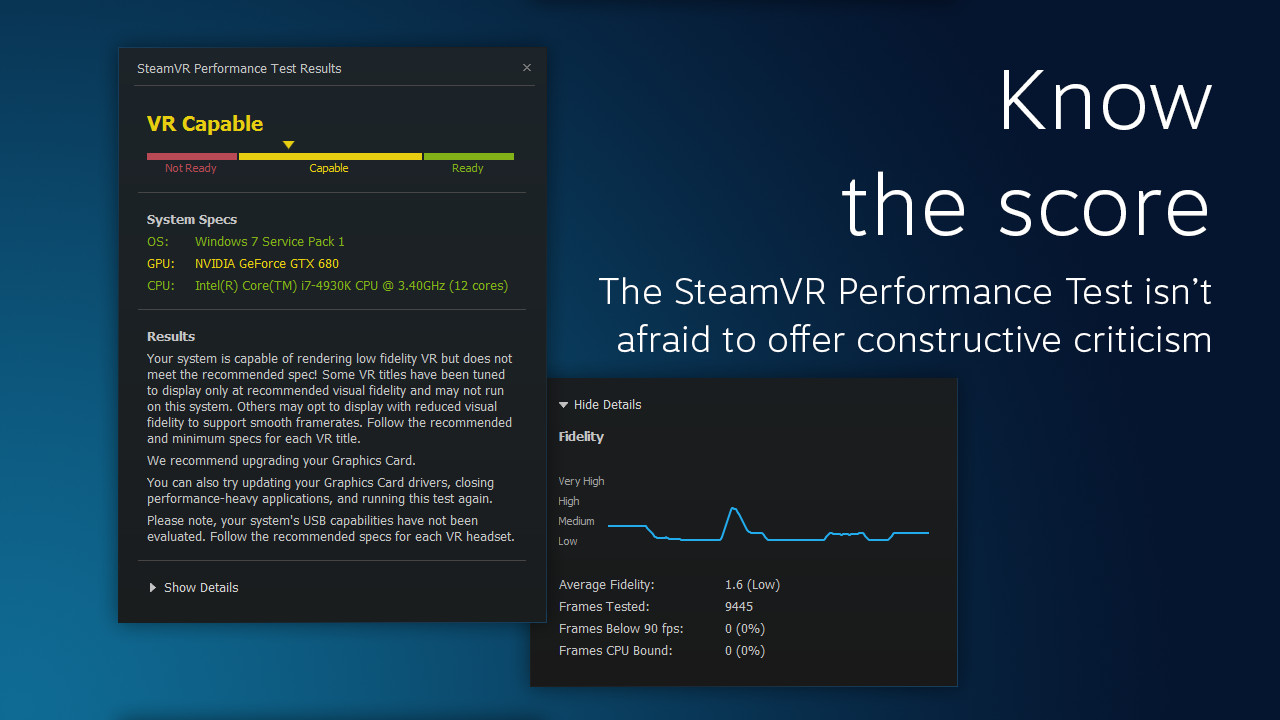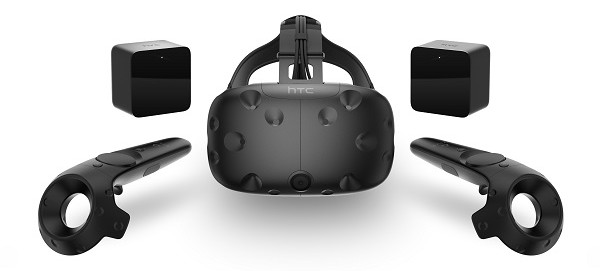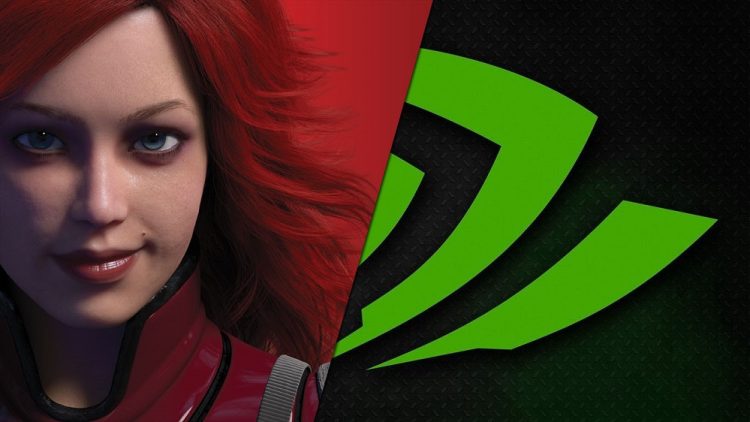A few days ago, Valve has released a benchmarking software – SteamVR Performance Test – for Steam users to determine whether or not their system is deemed “VR-ready”. For those that have not tested their systems (or do not own one yet), fear not, AMD has provided us with a brief list of the scores that were achieved by mainstream high-end graphics cards.
Before we get to the results, it’s only proper to first lay out the test methodology used by AMD. AMD’s test bench was equipped with an Intel i7-6700K (ironically), 2x4GB DDR4 RAM, a Z170 motherboard (unspecified) and finally, a 64-bit Windows 10 operating system. It’s worth noting that for AMD graphics cards, the Radeon Software Crimson Edition 16.1.1 driver was used; as for Nvidia graphics cards, the Nvidia driver 361.91 version.

Now that that’s out of the way, we can proceed to the score given by AMD. Not surprisingly, out of nine high-end graphics card that were tested, six of them were AMD cards. Graphics cards with the highest scores were tied between the GTX 980 Ti and two Radeon R9 Nano GPUs running in Crossfire; both managed to rack up a score of 11, which is the highest achievable score in the SteamVR Performance Test benchmarking software.
Dual GPUs aside, the GTX 980 Ti takes the lead as the best single GPU solution. The lowest graphics card on the list was the GTX 970, which managed to attain a score of 6.5. Bear in mind that according to the benchmarking software, scores above 6 will fall into the green category for “ready”, while scores below 6 will either be categorised as “capable” or “not ready”.

One might argue that since this test was conducted by AMD, the results are somewhat biased. However, multiple sources that have conducted their own tests using graphics cards that were listed found AMD’s results to be somewhat accurate. Except, AMD seems to miss out one thing: the R9 290. The R9 290 is placed just below the GTX 970, and for budget-oriented gamers wanting to venture into VR gaming, this would be the card to get.

Speaking of budget-oriented VR gaming, the fact that it takes at least a Radeon R9 290 or a GTX 970 to smoothly run the HTC Vive is not something that a majority of gamers would take positively. Then again, one could argue that the hefty price barrier to experience VR gaming is due to the fact that the technology is still at its early stages. For now, however, it’s safe to assume that VR gaming may only be afforded by those with deep pockets.


